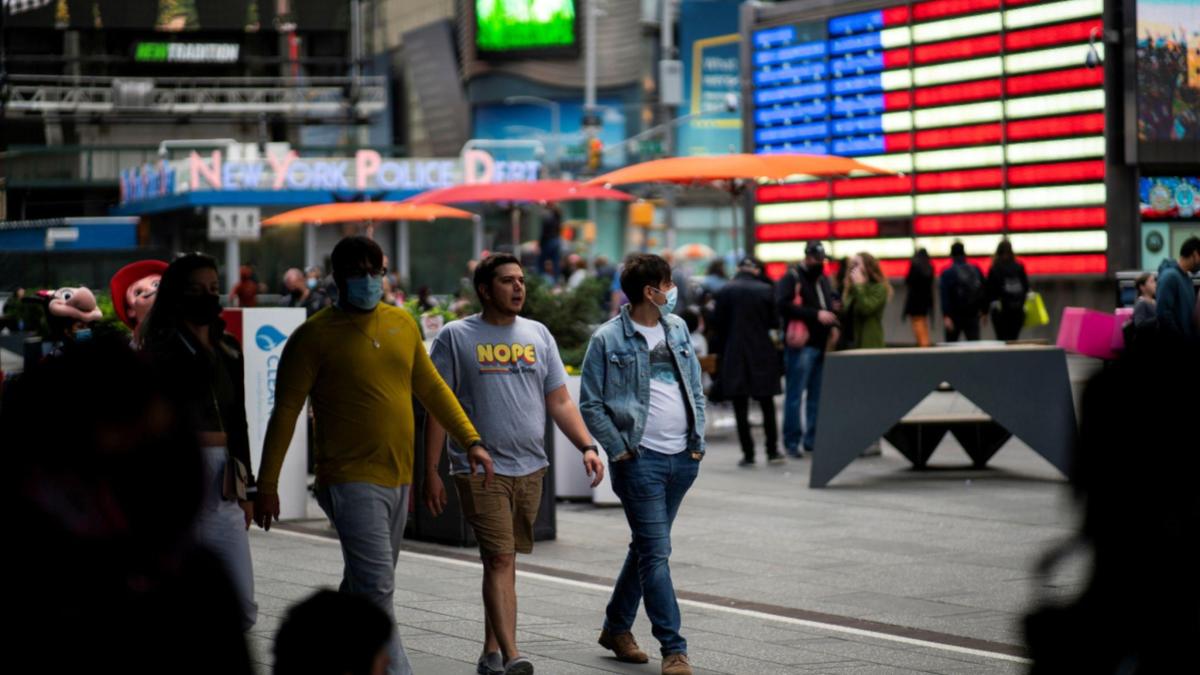As the festive holiday season draws to a close, the United States braces for a resurgence in COVID-19 cases, propelled by the emergence of the JN.1 variant. Derived from the BA.2.86 variant, JN.1 was initially identified in the United States in September. A report by the New York Times quoted the data released by the Centers for Disease Control and Prevention (CDC) that stated that by mid-December, this variant had surged to represent a staggering 44% of COVID cases nationwide. This is a significant surge from its mere 7% prevalence in late November, CDC report further added.
Dr William Schaffner, an infectious disease expert at Vanderbilt University Medical Center, explained, “Variants take some time to get going. Then they speed up, they spread widely, and just when they’re doing that, after several months, a new variant crops up.”
Despite reports suggesting that JN.1 may not induce severe illness in most cases, individuals infected with this variant experience symptoms akin to previous COVID variants, encompassing cough, fever, body aches, and fatigue.
Health experts continue to advocate for preventive measures including mask-wearing, enhanced indoor ventilation, staying home when unwell, and ensuring updated COVID vaccinations to curb the spread and minimize severe outcomes. Preliminary research indicates that recent COVID vaccine updates, issued in September, generate antibodies effective against JN.1, although potentially not as robustly as against the XBB.1.5 variant for which they were primarily designed.
Surge in COVID hospitalisations
While COVID hospitalisations have begun to rise once more — approaching 26,000 admissions during the week of December 10 — this figure remains notably lower than peaks experienced during previous waves. However, the spike in cases has raised questions regarding the role of JN.1 in this resurgence, especially following holiday gatherings and increased travel.
Dr. Schaffner cautioned, “When people are gathered inside close to each other, having parties and travelling and the like, those are the kind of circumstances where all respiratory viruses, including JN.1, have opportunities to spread.”
Anticipating JN.1 to retain dominance through the spring, experts underscored the critical need for vaccination, particularly among vulnerable demographics and those engaging in travel or close interactions with susceptible individuals.
(With inputs from New York Times)
